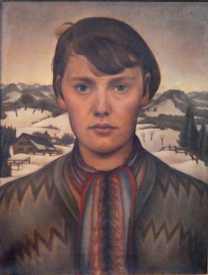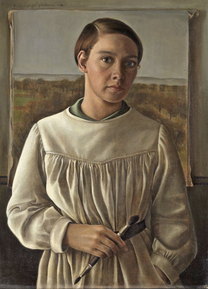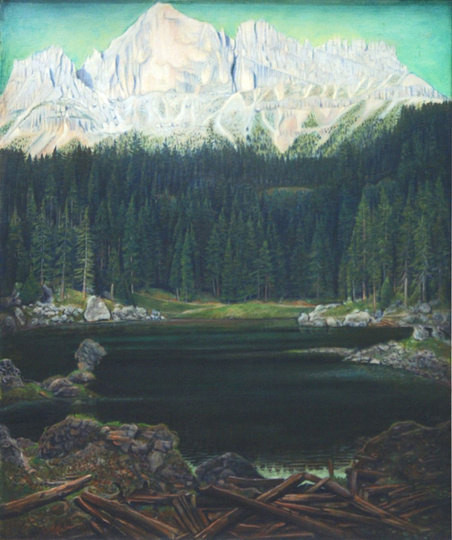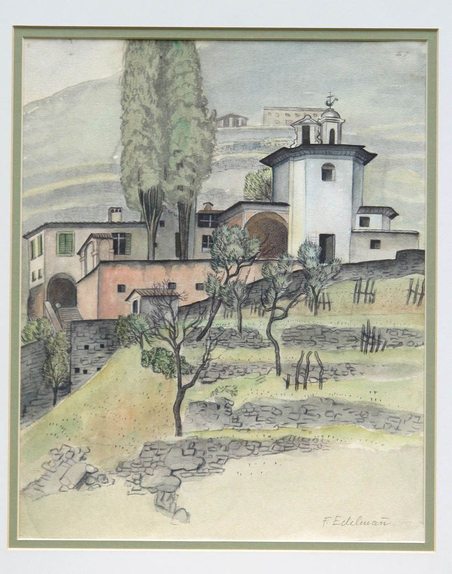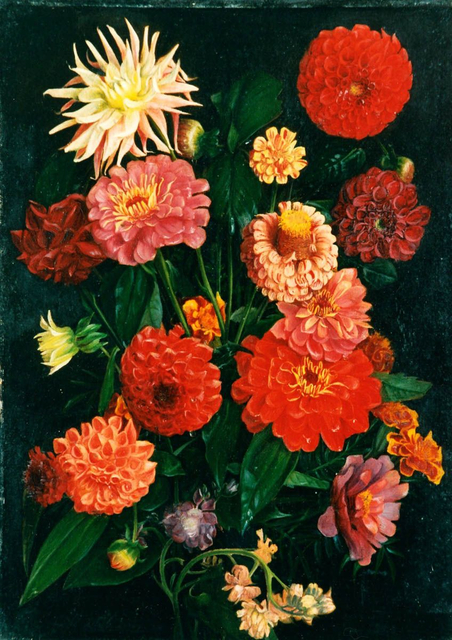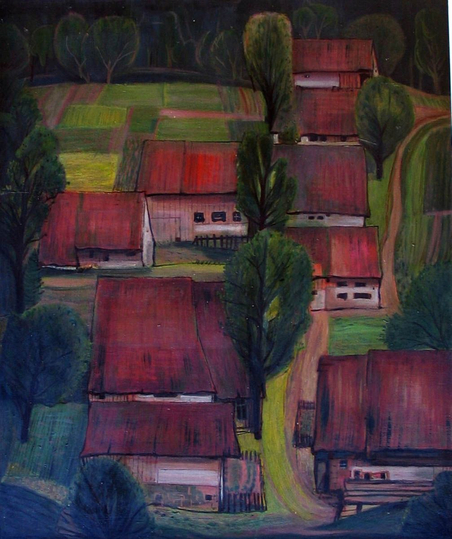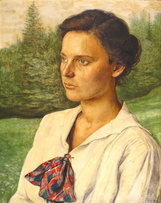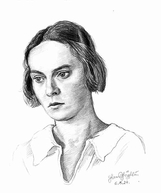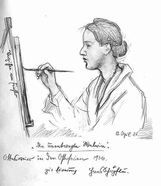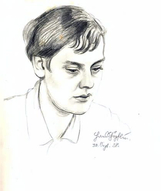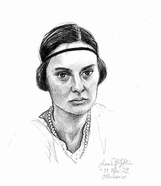- Home
- Works in Exhibitions
- Fridel Dethleffs-Edelmann
- Ursula Dethleffs
- Treasures from the Collection
- Collection of art
- Watercolor
- Tapestry
- Collage
- Gouache
- Reverse glass painting
- Glass church window
- Glass Mosaic
- Ceramic Plate
- Ceramic Picture
- Ceramic Relief
- Ceramic Sculpture
- Mixed media
- Object Art Relief
- Object Art Sculpture
- Oil Paintings
- Repro Lithography
- Repro Glass Lithography
- Repro Woodcut
- Repro Linocut
- Repro Monotype Printing
- Repro Etching
- Tempera
- Drawing Brush
- Drawing Brush Repro
- Drawing Ink and Pen
- Drawing Crayon
- Drawing pencil and crayon
- Exhibition by Period
- FDE: Selfportraits
- Introduction to the work of Ursula Dethleffs
- The collage as a total artwork
- Biography
- Dethleffs Gallery
einzigartig
Fridel Dethleffs-Edelmann
Ursula Dethleffs
Fridel Dethleffs-Edelmann
Ursula Dethleffs


Already early, Fridel Edelmann knew what she wanted to become as a grown-up: a painter. Yet such a profession was not self-evident in the early 1920s – above all for a woman – and the conditions to get there were tough. A professional formation at a German art college was generally denied to women until 1919, except for some very few.
This was also true for the Academy in Karlsruhe, next to which Fridel Edelmann spent her childhood and youth.
Her biography as an artist first begins being a private student of Wilhelm Trübner and Alice Proumen.
In 1916/17 she attended the Badische Kunstgewerbeschule (Baden School of Artistic Crafts) and afterwards the Karlsruher Malerinnenschule (Karlsruhe School of Female Painters). After the First World War, she became part of a number of women, who were admitted to the National Academy of Arts in Karlsruhe.
In 1925 Fridel Edelmann becomes a master student of Ernst Würtenberger; in 1928/29 study periods in Paris and Florence follow.
At the beginning of the 1920s she creates numerous landscape paintings, often in close artistic exchange with the painter Hans Schöpflin; primarily objective, yet atmospherically created motives of the Black Forest, furthermore also views of far mountain landscapes like for example the majestic panorama of the Dolomites.
Besides paintings, that show a larger landscape association, nature details of plants or stone with a closer perspective can be found, giving evidence of an exact observation and the love of detail. Already in this phase, the striving for exactness and greatest possible closeness to nature as well as the sustainable interest in old masterfully painting techniques cannot be overlooked. In doing so, the artist follows both the idol of her teacher Würtenberger and the general tendencies of art in Karlsruhe. Besides Berlin and Munich, the centre of New Objectivity developed there in postwar years, going then far beyond the regional borders. This movement that was the reaction on expressionism and the abstract dissolution of shapes turned towards the precise copying of the visible world and thus towards a new objectivity.
Sketchy, almost impressionist watercolours like the finished, excellent, award-winning???? sequence of the beach scenes on the Island Borkum expressing a completely different artistic language, rather remain the exception.
Flowers, still lifes and portraits in the style of the New Objectivity are in the focus of the painings and drawings of the late 1920s and 30s. From this notably productive creative period originates a large number of excellent works, that draw attention regionally and nationally. The artist receives numerous orders and takes part in important exhibtions: her works are honoured multiple times and are purchased by renowned public collections.
Particularly appreciated are the still lifes, whose motionless, often in exceeded concreteness depicted object world only reveals a symbolic level at second glance. Also very popular are the bouquets that are painted in old master technique unfolding their blaze of colours before a dark background.
High painterly quality, sensitivity and an accurate characterisation of the depicted personalities are distinctive for her portraits. The most popular among them is the "self-portrait before the easel", which is presented to the public in the art hall of Augsburg. It was awarded the first price of a competition announced by the Land of Baden in 1932, then it was purchased by the State Gallery of Munich the following year and now counts to the best (and in art-historic literature often reproduced) artist portraits of the New Objectivity. A large-format study on this artwork was found in the heritage of the artist.
In 1931, Fridel Edelmann marries the factory owner Arist Dethleffs from Isny im Allgäu and since then bears the double name Dethleffs-Edelmann. Her only daughter Ursula, who became an artist herself later on, is born in 1933. Until the outbreak of the second World War, the couple goes on several trips abroad in its caravan. During the war years, the artistic work is inevitably limited; in this phase mainly small-format flower watercolours and plant studies are created.
After 1945 the artist devotes herself to a changed image language, which is between concreteness and abstraction. It bears witness of the intensive examination with works of the classical modern and contemporary abstract paintin. The repertoire of themes did not change fundamentally: Portraits, landscapes and flowers are still dominating.
Particularly worth pointing out are the portrait series of her daughter and the "Russian Landscapes" (Russische Landschaften) which are composed of colour rhythms and stylized forms.
Together with her husband Arist Dethleffs, she founds the "Oberschwäbische Sezession" (Upper Swabian Secession) in 1947. In 1950 it was extended to the "Sezession Oberschwaben-Bodensee" (Secession Upper Swabian-Lake of Constance); it was an association of painters, graphic designers and sculptors from the south of Germany, in which popular artists like Max Ackermann, Otto Dix und HAP Grieshaber took part in.
